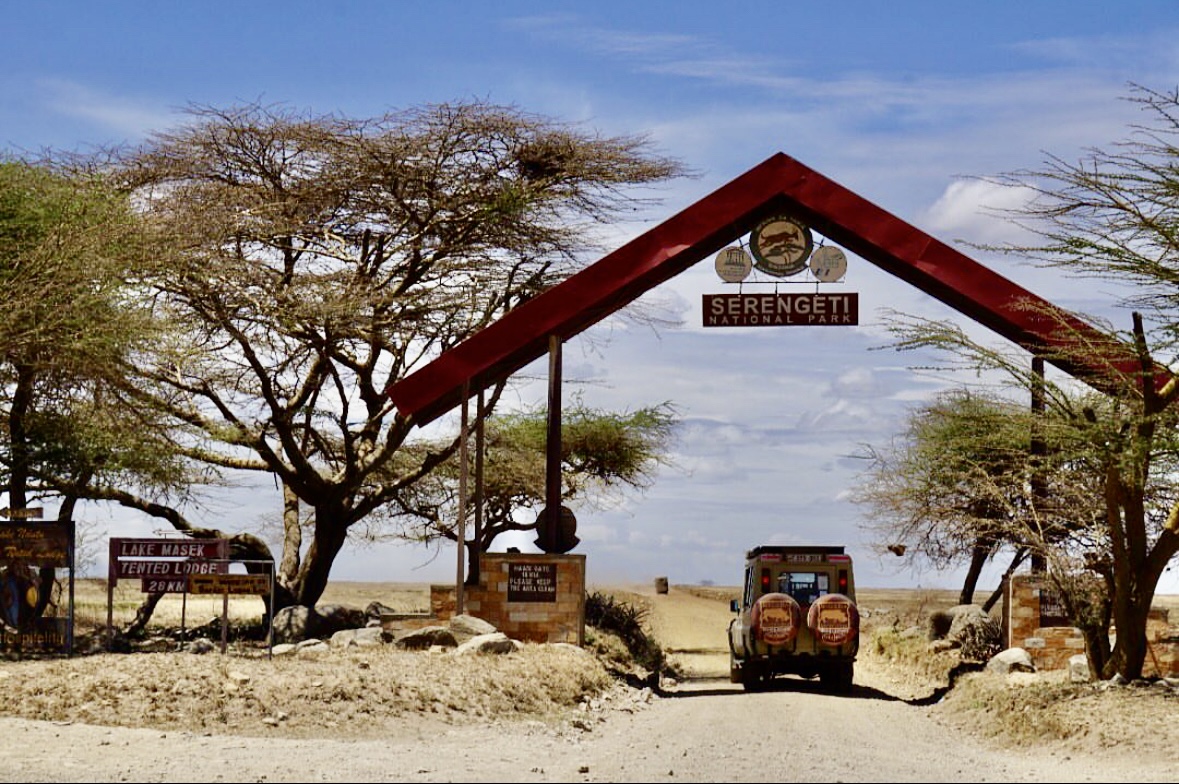A Guide for the Curious Traveler
So, you’re thinking about a safari in Tanzania? Excellent choice! This East African gem is home to some of the most incredible wildlife on the planet.There’s a few factors to consider to help answer “When is the Best Time for a Safari in Tanzania ?”, infact you’re not the only one, I get this question a lot? Well, Stress no more, Let’s dive in and find out …
Before we dive in, for more information: you can request for an accurate safari quote or calculate the total estimated cost for your safari through our Safari Cost Calculator.
The Dry Season: A Classic Choice

The dry season, running from June to October, is often considered the peak safari season. Why? Well, for starters, the skies are clear, and the rainfall is minimal. This means better game viewing and stunning photography opportunities.
Travelers that usually travel in August, usually have the most incredible experience. From spending hours watching lions hunting to seeing a breathtaking wildebeest migration. The clear skies make everything even more magical.
Pros of the Dry Season:
- Optimal game viewing: Animals congregate around waterholes, making sightings easier.
- Pleasant weather: Perfect for exploring the parks and enjoying outdoor activities.
- Fewer bugs: The dry conditions mean fewer pesky insects.
Cons of the Dry Season:
- Crowds: It’s peak season, so expect more tourists and higher prices.
- Competition for accommodations: Book your safari well in advance to secure your preferred lodging, as availability might be an issue.
The Green Season: A Hidden Gem

Don’t let the name fool you. The green season, from November to April, offers its own unique charm. While there’s more rainfall during this period, it also brings lush vegetation and a vibrant ecosystem.
I once went on a safari in December and was amazed by the abundance of wildlife. We saw baby animals atleast everywhere and witnessed the incredible beauty of the Serengeti’s green plains with wildebeests migrating. It was a truly unforgettable experience.
Pros of the Green Season:
- Fewer crowds: Enjoy more privacy and lower prices.
- Unique wildlife experiences: Witness newborn animals and the migration of wildebeest and zebras.
Cons of the Green Season:
- Unpredictable weather: Be prepared for occasional showers and potential road closures.
- Limited game viewing: Animals may be more dispersed due to abundant food and water.
Choosing the Best Time for You
The ideal time for your safari depends on your individual preferences and priorities. Here are some factors to consider:
- Adventure seekers: If you’re looking for unique experiences and fewer crowds, the green season is a great option.
- Photographers: The dry season offers clear skies and optimal lighting for capturing stunning wildlife photos.
- Budget travelers: The green season generally has lower prices and fewer tourists.
- Family travelers: The dry season provides more predictable weather and comfortable temperatures.
Additional Considerations:
- Specific parks: Some parks have their own peak seasons and unique attractions. For example, Tarangire National Park is known for its large herds of elephants, while Ruaha National Park is renowned for its diverse wildlife and stunning landscapes.
- Migration: If witnessing the wildebeest migration is a priority, plan your trip for the months of July to October. This annual event is a natural spectacle that draws visitors from all over the world.
- Accommodation: Book your accommodations well in advance, especially during peak seasons. Popular safari lodges and camps can fill up quickly, so it’s important to secure your preferred lodging early on.
Conclusion
No matter when you choose to go, a safari in Tanzania is sure to be an unforgettable adventure. Whether you’re seeking thrilling wildlife encounters, breathtaking landscapes, or simply a chance to relax in nature, this East African paradise has something to offer everyone.
So, what are you waiting for? Start planning your dream safari today with us!
Follow/ Message us on :





